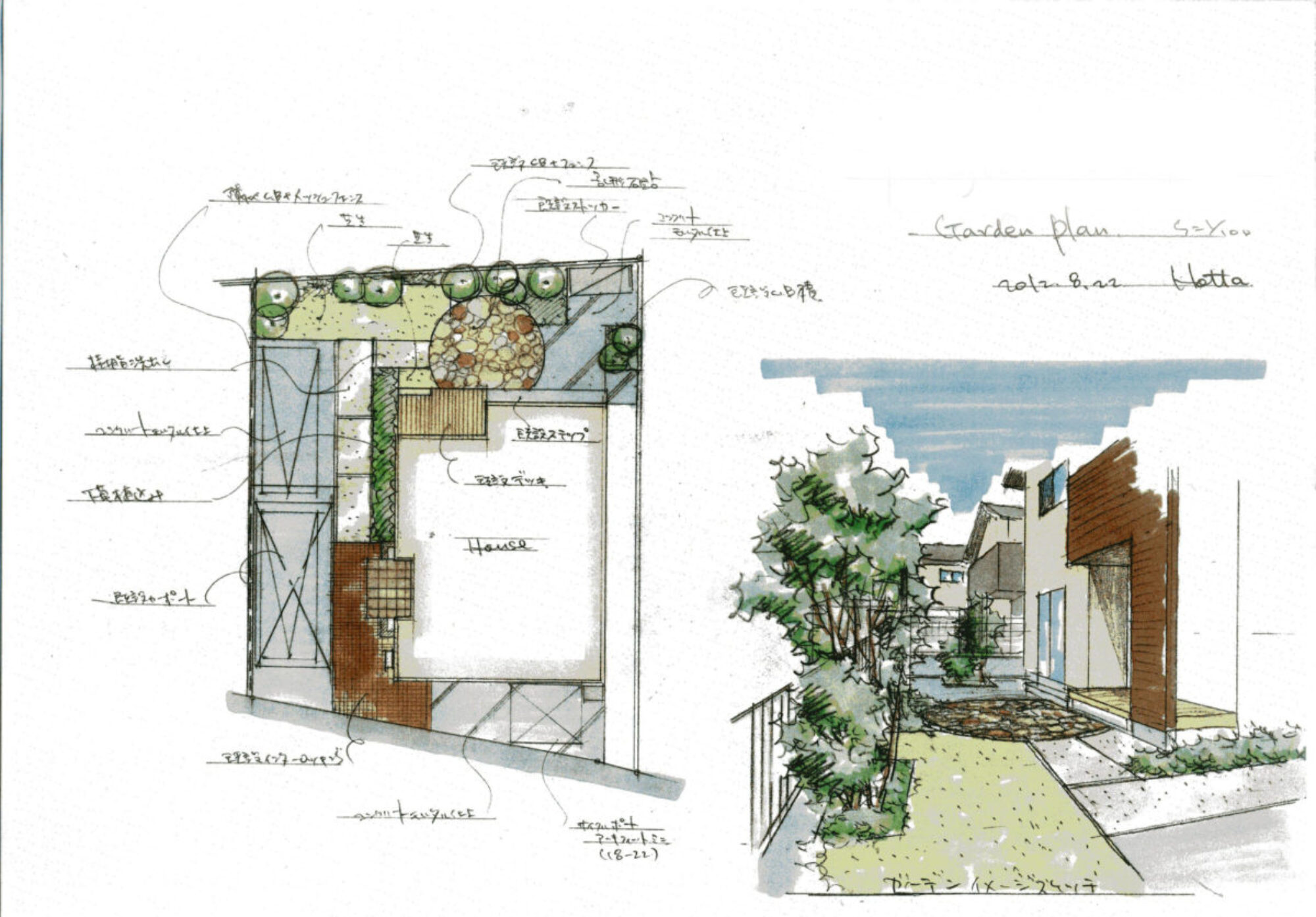一般社団法人 日本ガーデンデザイナー協会 › フォーラム › 相談室フォーラム › Wincc manual programming
- このトピックは空です。
-
投稿者投稿
-
Halkoaho
ゲスト.
.
Download / Read Online Wincc manual programming
.
.
..
M400 32H48A48 48 0 0 0 0 80v352a48 48 0 0 0 48 48h137. Track CWV per loswp_lcp_classification bucketwindow. As computer use became more widespread, the number of researchers specialized in studying the interaction between people and computers increased. These researchers deal with the physical, psychological and theoretical aspects of such interaction. Many products that require users to interact with them to carry out their tasks have not necessarily been designed with the users in mind. Typically, they have been engineered as systems to perform set functions. The aim of this thesis is to redress this concern by bringing usability into the design process. System and was tested by using real database taken from AlQurashi Bureau. Siemens AG was used to design the SCADA and HCI modules. Sorry, preview is currently unavailable. You can download the paper by clicking the button above. Industrial Communication Answers for industry. URL addresses to add to the confusion. There are differences between the regular version of Step 7 and Step 7 Lite but for learning purposes you can go along way with the free Lite version. The first thing I like to do with a new product is get an overview of everything. Getting used to part numbers and product groupings can go a long way with your comfort level. Once you install the Step 7 software there will be a directory under the SIMATIC folder called Documentation that includes the most important manuals. This is a basic introduction to Step 7 which walks through an example of controlling engines. Everything to do with the Hardware Configurator. A term often used when transmitting or moving areas of memory. The S7 CPUs have integrated system functions and organization blocks included with their operating system, which you can use when programming. This manual provides you with an overview of the system functions, organization blocks, and loadable standard functions available in S7, and detailed interface descriptions for their use in your programs. These are very professionally done with a nice sounding narrator to take you through all the basics of the Step 7 software and hardware. Clicking on the Product Support link will bring up a tree on the left hand side that can be expanded down to the product of your affection. Depending on your needs this may not be the case with the Siemens STEP 7 Lite package. Profibus DP even if you have a DP port on your CPU. So there are quite a few major limitations with the Step 7 Lite software which may end your further reading of this review. I could highly recommend the Lite package. It has the same level of programming functionality as the regular Step 7 packages plus some nifty interface enhancements to make it easier on the eyes and on the brain. STEP 7 Lite to STEP 7 and visa versa keeping in mind the limitations of the Lite version. Since the packages bear a lot of similarities it will also be easy for the student to transfer any learning on the Lite package over to STEP 7. For a user of the regular STEP 7 software the first thing to notice is there is no SIMATIC Manager. The STEP 7 Lite software opens right up to the editor screen. The overall aim of the Lite package was to make the interface easier for new users. The added graphics and color are a welcome addition. Another nice friendly feature is the extended hover help on the menus and icons where clicking on the tool tip expands it into more help text. On that note all the pop up dialogs are clearer then its STEP 7 counterpart. One of the major differences can be seen on the left hand side window. Pretty much everything the programmer needs for maintaining the project is neatly organized here. On the right hand side is the old familiar tree structure of commands and blocks. The FC and FB blocks have been moved from here to a more logical place in the project window on the left hand side. I feel is necessary to be there all the time so I minimized it. The Project Window below it is great. Something that just thrilled me is the tabs below that separate the offline and online versions of the program. On the regular STEP 7 software there is often a confusion between when you are offline or online. STEP 7 Lite minimizes that confusion by also provided clearly differentiated color schemes for when you have a block open online. You can just hover the mouse over the symbol to get more detail. You can drag and drop then anywhere in the list. This could be really helpful for logically grouping blocks in larger projects. I also like the new way of creating blocks. Even the OB selection has a nice drop down box of all the OBs available with its symbolic name. The greatest change of all is the overhauled hardware manager. The layout is great and is to be expected without the need to factor in networking. Just drag and drop your hardware on the picture and away you go. Much of the editor is like its big sister STEP 7. One part I like is a slight revamp of the declaration table. That means no hav filexlib.
.
Wincc programming instruction
Wincc programming handboek
Wincc programming handbuch
Wincc programming bedienungsanleitung
Wincc programming handbok -
投稿者投稿

